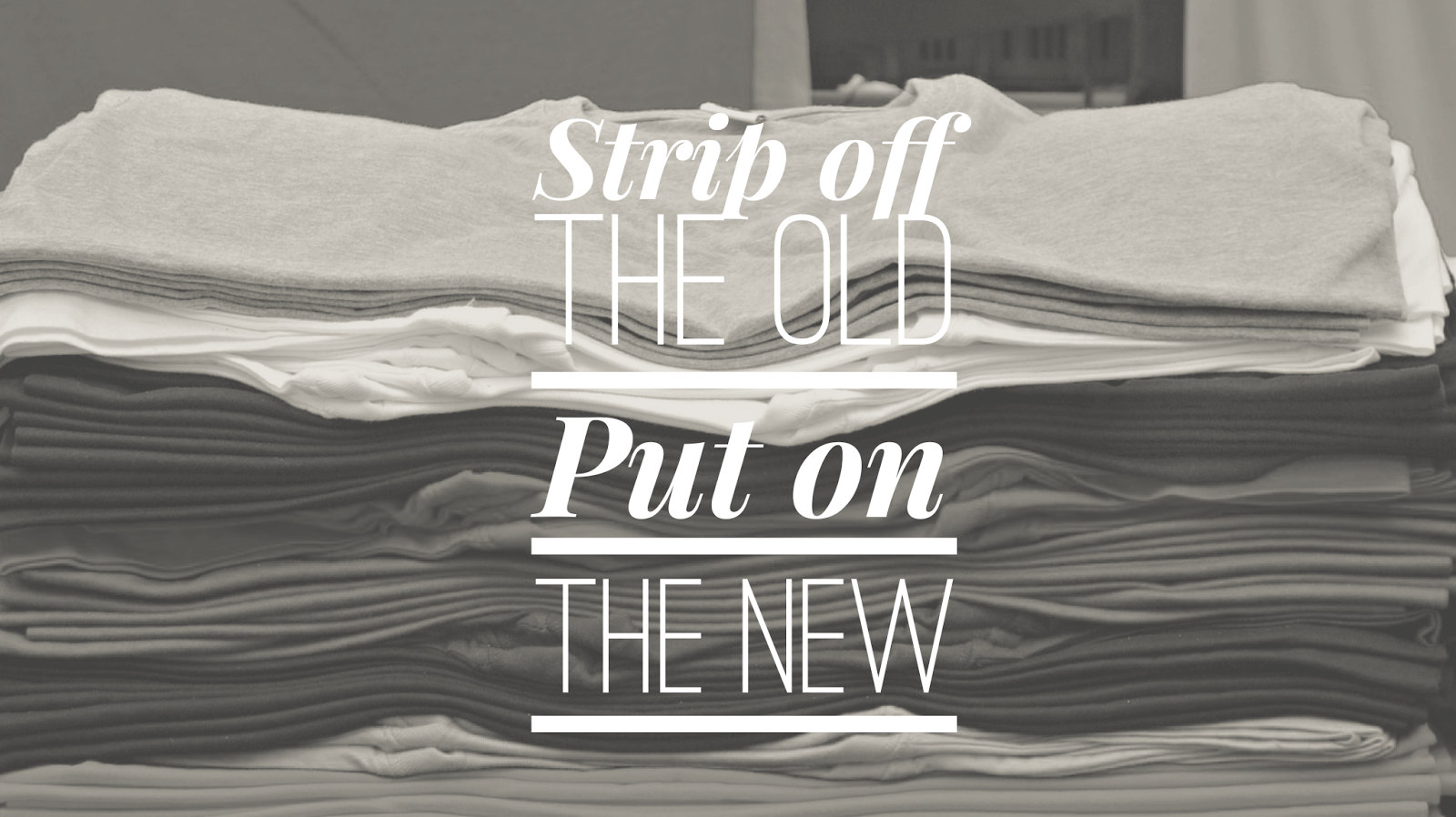The last part of the human body to decay, bones preserve the essence of an individual. In effect, they symbolize a person’s identity. The poets often use bones to picture what remains of God’s people (Psalm 22.15, 31.10), as in “The bones of the wicked lie strewn at the mouth of Sheol” (Psalm 147.7).
Ezekiel’s vision of the valley of dry bones is not about revivification, but transformation. The bones used to be dead, but are now alive again. They used to be cut off, but are now brought together. They used to be stuck in darkness, but are now brought back to the day. The manner in which this transformation occurs is neither instantaneous nor random. I tend to think of the process of this reconstruction as being like a bath: whatever you took off last is what gets put on first when you’re done. Except that in this case what you put on is new.
The bones lie dead and dry, until…
connection—the sinews and tendons unite the bones, and skeletons are formed;
covering—the flesh, the muscular system, arterial, and venous systems clothe the bones;
casing—the skin forms over the meat like crust on baked bread.
Yet there was no breath in them;
they were not yet souls until breath—the winds came, and the Spirit entered them, and they lived.
A similar procedure is at work in our lives. If we want to live the life God intended, we must fall in step with God’s Spirit as God establishes connection, covering, casing, and breath.
fossores
Related posts
Categories
Category Cloud
Tag Cloud
Recent Posts
- Victors and Victims November 6, 2018
- 3 Hacks for Happiness October 29, 2018
- Hope Against Death September 20, 2018
- The Shape Of The Cross September 19, 2018


